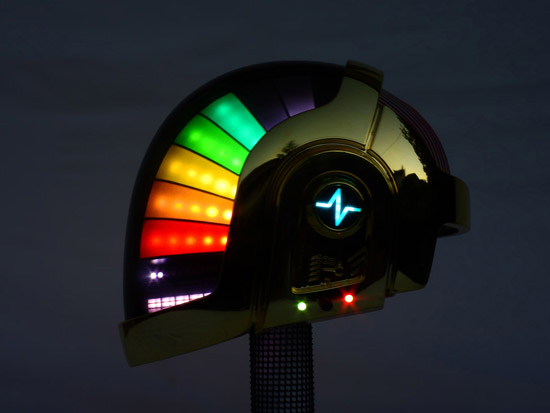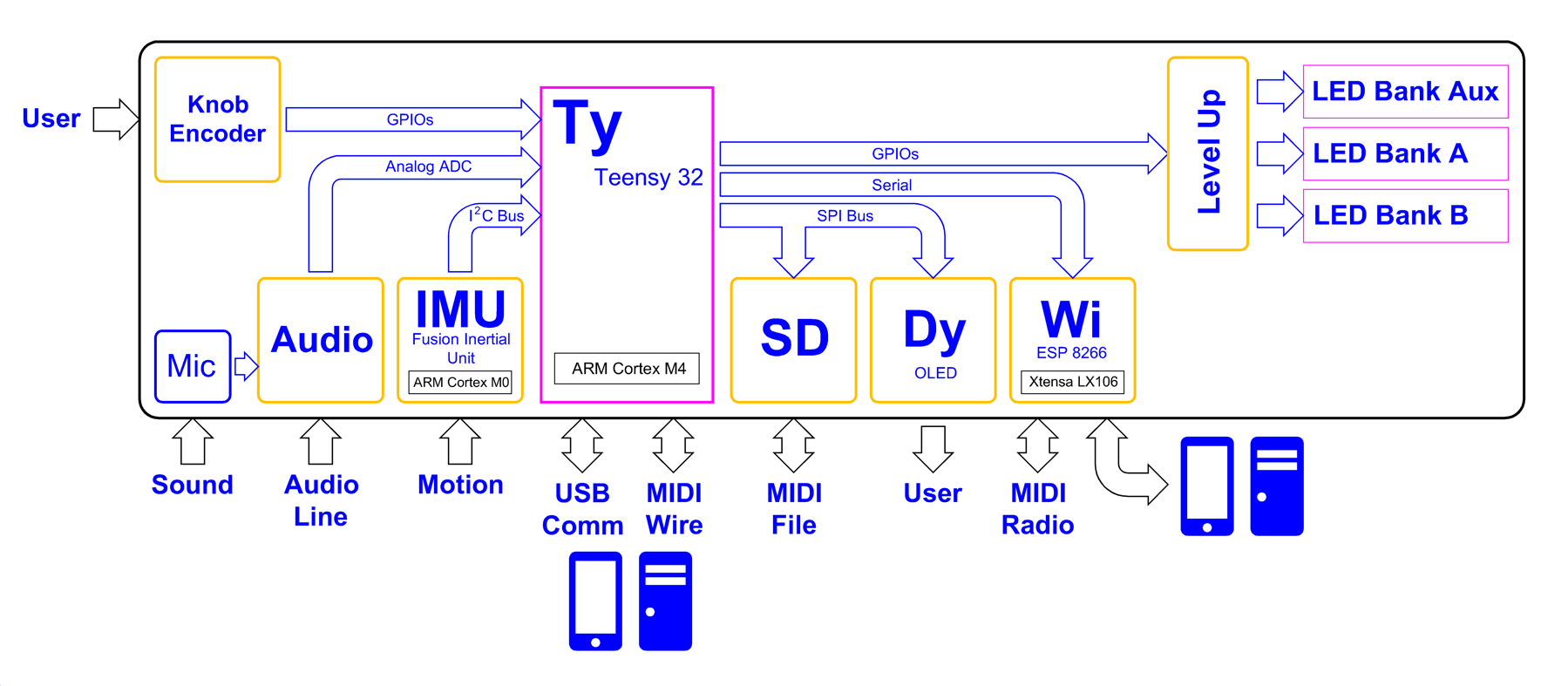- Future Guy Mike
- GM01
- Hits: 32141
GM01 - Finished Building Log

The designing, building and programming of the GM01 took more than one year of daily work. Finishing the unit with the desired quality was a huge oddissey. A hand made sculpting model, primed cast, great attention to the detail, perfect scale and custom electronics, code and libraries, make this unit more than a helmet.
The right concept, might be, an interactive light instrument. An easy to play and fully customizable device for composing music for the eyes. Everything housed on a high quality replica of the iconic GM helmet, paying special attention to the geometry lines and curves for making it such a unique and special piece. If you want more about it, in the following blog posts you can go deep into the making of the GM01:









